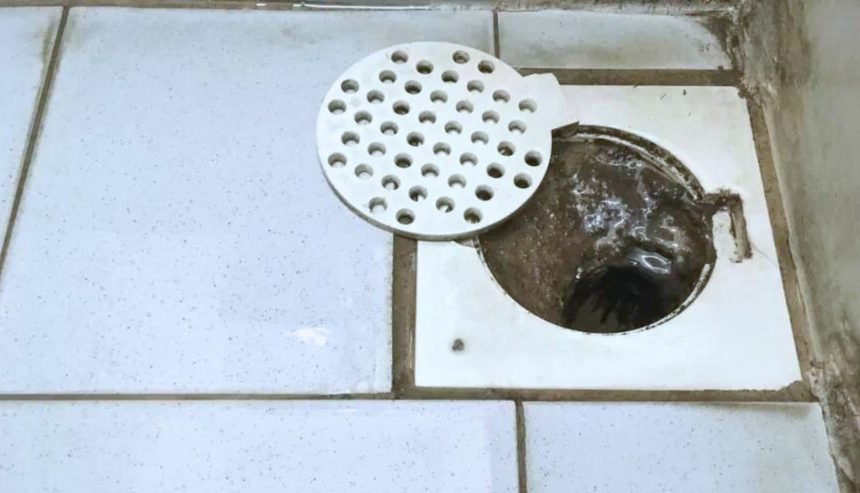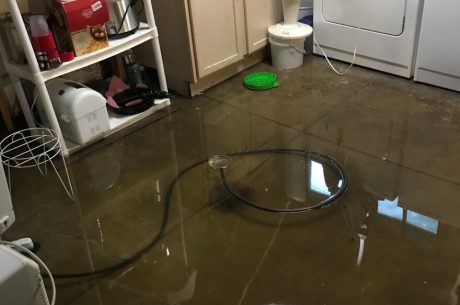Table of Contents
This post is about how to Unclog Bathroom Drain. Few things are more frustrating than a clogged bathroom drain, especially when standing water refuses to go down. Whether it’s hair, soap scum, or debris causing the blockage, this common household issue can quickly turn into a mess if left unchecked.
Fortunately, unclogging a drain doesn’t always require a plumber. With a few tools and a bit of know-how, you can tackle the problem yourself. In this guide, we’ll walk you through effective steps to clear your bathroom drain and restore normal water flow in no time. Let’s get started!
What clogs Bathroom drain?
Several factors can contribute to a clogged bathroom drain. Here are the most common culprits:
Hair: Hair is the primary cause of bathroom drain clogs. Over time, strands accumulate in the drain, forming a tangled mass that traps other debris.
Soap Scum: Traditional bar soap, especially those made with fats, can leave behind a residue that combines with other materials (like hair) and creates blockages.
Dirt and Debris: Washing off dirt, sand, or other particles can cause buildups, especially when combined with soap scum.
Toothpaste and Other Hygiene Products: Products like toothpaste, lotions, and shampoos may not dissolve completely and can harden inside the pipes, contributing to blockages.
Mineral Buildup: In areas with hard water, minerals like calcium and magnesium can build up over time, reducing water flow and leading to clogs.
Small Objects: Occasionally, small objects like jewelry, bottle caps, or razor caps accidentally get washed down the drain, causing obstructions.
Steps to Unclog Bathroom Drain with Standing Water
Here are the steps to unclog a bathroom drain with standing water:
1. Remove the Standing Water
Scoop out the water: Use a cup or small container to remove as much standing water as possible. This will make it easier to access the drain and prevent a bigger mess.
Use a sponge or towel: Soak up any remaining water with a sponge or towel to ensure the area is dry enough to work with.
2. Clear Debris from the Drain Opening
Remove the drain cover: Use a screwdriver if necessary to take off the drain cover. If it’s a pop-up drain, simply pull it out.
Clean out visible debris: Use a wire hanger or gloved hand to pull out any hair, soap scum, or other debris blocking the drain opening.
3. Use a Plunger
Seal the overflow drain: If your sink or tub has an overflow drain, block it with a wet cloth to create better suction when plunging.
Position the plunger: Place the plunger over the drain, ensuring a good seal.
Plunge: Use quick, firm plunging motions to force air and water into the drain. After a few plunges, lift the plunger to see if the water begins to drain.
Repeat: Repeat plunging if necessary until the clog begins to break up.
4. Try a Drain Snake
Insert the snake: If plunging doesn’t work, use a drain snake (or auger) to break through deeper clogs. Insert the snake into the drain and turn the handle to feed it through the pipe.
Break up the clog: Once the snake hits resistance, rotate it to break up or pull out the clog. Carefully pull the snake back out and remove any debris it catches.
5. Use Baking Soda and Vinegar
Pour in baking soda: Dump about ½ cup of baking soda down the drain.
Add vinegar: Pour ½ cup of white vinegar down after the baking soda. The mixture will fizz and help break down debris.
Let it sit: Allow the solution to sit for 15-30 minutes, then flush it with hot water.
6. Flush with Boiling Water
Boil water: After the clog is cleared, boil a pot of water.
Pour slowly: Carefully pour the boiling water down the drain to flush out any remaining debris and help clear the pipes.
7. Test the Drain
Turn on the faucet and run water down the drain. If it flows smoothly, you’ve successfully cleared the clog. If it’s still slow, you may need to repeat the steps or consider professional help for a deeper clog.
How to prevent clogs
Preventing clogs in your bathroom drain is easier than dealing with a full-blown blockage. Here are some effective ways to keep your drains clear and avoid future clogs:
1. Use a Drain Cover or Strainer
Install a drain cover or hair catcher to trap hair, soap scum, and debris before they go down the drain. Clean the strainer regularly to prevent buildup.
2. Dispose of Hair Properly
After showers or shaving, remove loose hair from the sink or shower instead of washing it down the drain. Throw it in the trash to prevent it from accumulating in your pipes.
3. Avoid Pouring Greasy or Sticky Substances
Don’t pour oil-based or greasy products (like lotions, oils, or soaps) down the drain. These can harden inside the pipes and create blockages over time.
4. Flush with Hot Water Regularly
Pour boiling water down the drain once a week to dissolve soap scum, grease, and other minor buildups before they become major clogs.
5. Use Baking Soda and Vinegar as Maintenance
Once a month, flush your drains with a mixture of ½ cup of baking soda followed by ½ cup of vinegar. Let it sit for 15-30 minutes, then flush with hot water. This helps break down potential clogs and keeps the pipes clean.
6. Be Mindful of What Goes Down the Drain
Only flush water-soluble materials down the drain. Avoid sending small objects, paper, or hygiene products (like wipes, cotton balls, and Q-tips) down, as they can easily get stuck and cause clogs.
7. Perform Regular Cleaning
Clean your drain covers and pipes regularly. Inspect them for debris or buildup that could lead to a clog if left unattended.
8. Install a Water Softener
If you have hard water, consider installing a water softener. This helps reduce mineral buildup (like calcium and magnesium) in your pipes, which can lead to clogs over time.
Preventing this would help you prevent water damage in your bathroom.
Conclusion
A clogged bathroom drain with standing water can be a frustrating problem, but with the right tools and techniques, it’s something you can handle yourself. By following these steps—removing debris, using a plunger or drain snake, and applying natural solutions like baking soda and vinegar—you can restore proper water flow and prevent future blockages.
Regularly cleaning your drain and being mindful of what goes down it can help keep your pipes clear. However, if the clog persists, don’t hesitate to call a professional plumber to ensure a more permanent solution.



